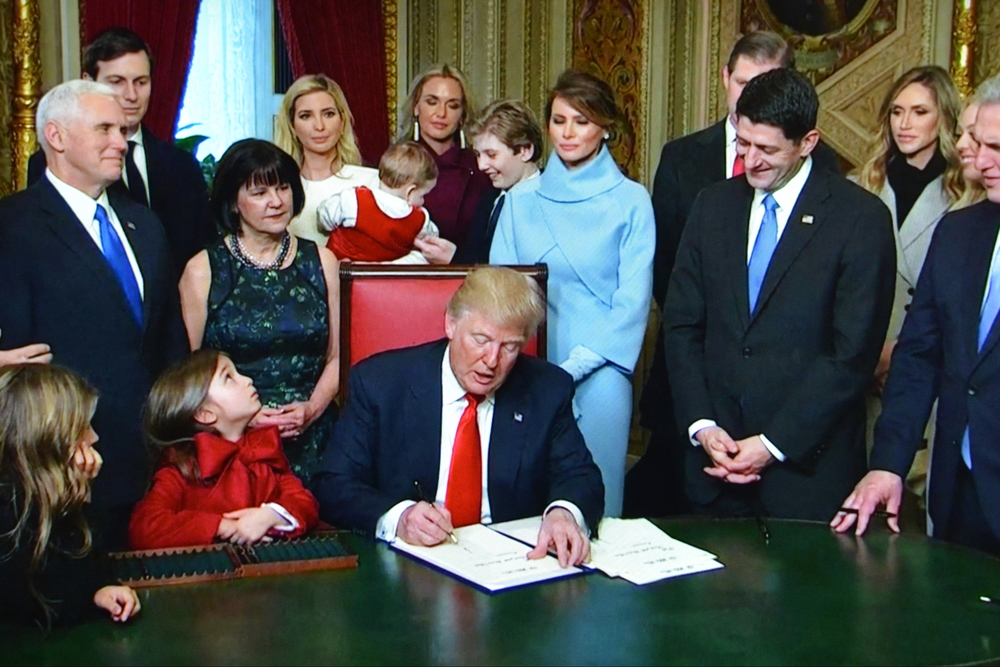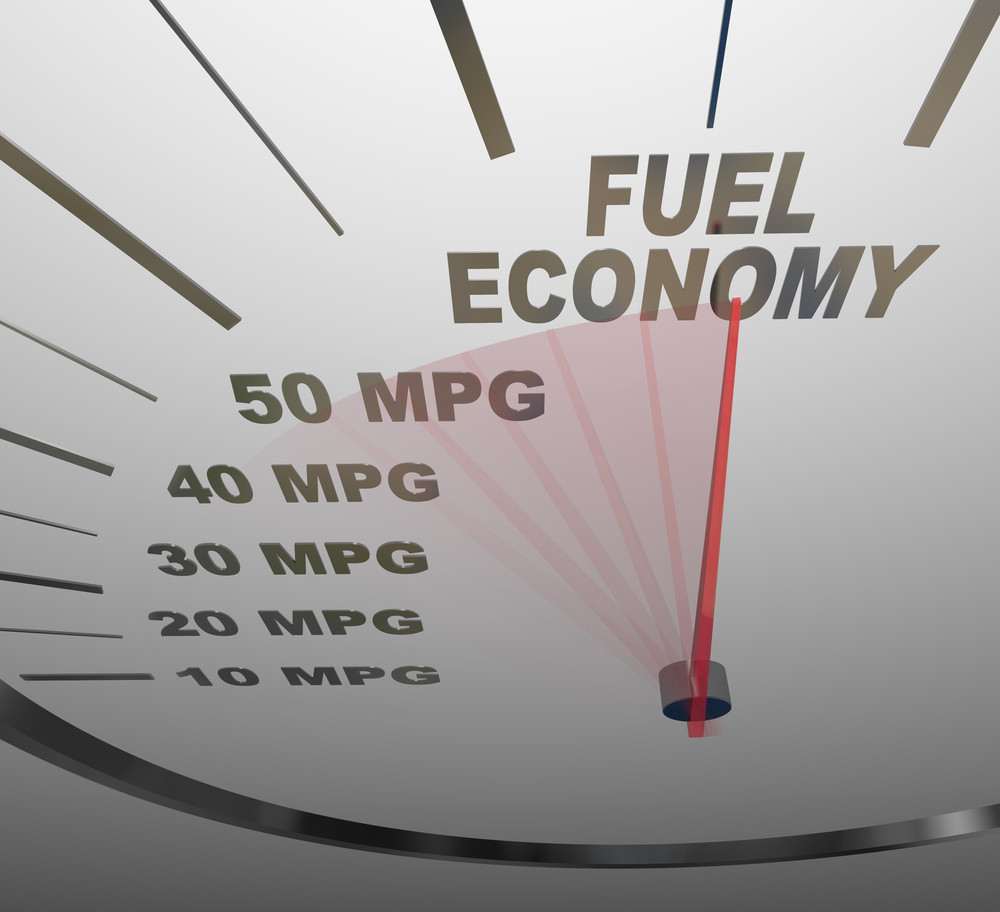Auto Industry Leaders Ask Trump to Revisit Fuel Efficiency Rules

In 2011, US automakers agreed to the 2025 efficiency rules. This was seen by many as a landmark from Obama administration. Many pundits praised that we could be seeing 50 miles per gallon as standard by 2025. In addition to that, the deal set up new greenhouse gas limits set by the EPA and California’s Air Resources Board. The fuel economy regulations were in fact governed by the National Highway Traffic Safety Administration.
One major term of the deal was for automakers to be subject of a mid-term review to determine whether the final years of the program, the 2022-2025 model years, were feasible. Some automakers and industry insiders have argued that falling gasoline prices have lowered demand for fuel-efficient vehicles, thus making achieving the standards more difficult for them financially.

Shortly before Donald Trump was inaugurated as the President of the United States of America, the Environmental Protection Agency (EPA) finished their review regarding fuel efficiency standards. The EPA then concluded the proposed standards did not need to be adjusted until at least 2025.
In other words, they are well on their way to becoming law. However, automakers have different ideas.
Many automakers have criticized the recent EPA ruling and CAFE standards as a maneuver from the Obama administration to lock greenhouse gas emissions standards.
The CAFÉ standards state that US automakers are required to meet what some have argued are strict fuel efficiency standards (to put it in perspective, the average across vehicle classes would be of 54.5MPG) through 2025. Now that Trump is president, many CEOs are hoping that the contract would loosen up a bit.
On Feb. 10, 2017, several executives including Mary Barra of General Motors Co., Ford Motor Co.’s Mark Fields and Fiat Chrysler Automobiles NV boss Sergio Marchionne signed a letter that asked President Trump to return the review the contract, which they claim gives the new administration a chance to shape the ultimate outcome.
“As recently as late last fall, EPA assured us that the MTR would not result in a final determination before the next administration came into office,” the executives said in the letter, referring to a mid-term review of the regulations.

According to the press, automakers are claiming that the tougher requirements will raise costs beyond general public purchasing habits and “will supposedly put as many a million jobs up in the air” (Bloomberg).
It should be said that a recent report from the EPA did estimate that the US would fall short of the efficiency goals. This is thanks in large part the market trending for SUVs and trucks.
Also of not is that in recent years, all of the brands here have focused much marketing on greater mainstream adoption of electric and autonomous vehicles within the next few years.
As of this writing, the Trump administration, no stranger to making news hourly, hasn’t made an official response to the letter. However, Environmental Protection Agency nominee Scott Pruitt had said to the press he would return to the Obama-era decision, prior to the letter’s publication.













Alex has worked in the automotive service industry for over 20 years. After graduating from one of the country’s top technical schools, he worked as a technician achieving a Master Technician certification. He also has experience as a service advisor and service manager. Read more about Alex.